Yesterday IFTTT (IF This Then That) released the Wolfram Data Drop Channel. This is a BIG step forward in making the data from the Internet of Things computable. Currently there are more than 150 trigger channels that can be connected to Data Drop. Let's take a look at one of those channels: Numerous. In this post I'll show you how to get a Numerous recipe running in a few simple steps.

- Step 1: Select the Numerous Trigger Channel
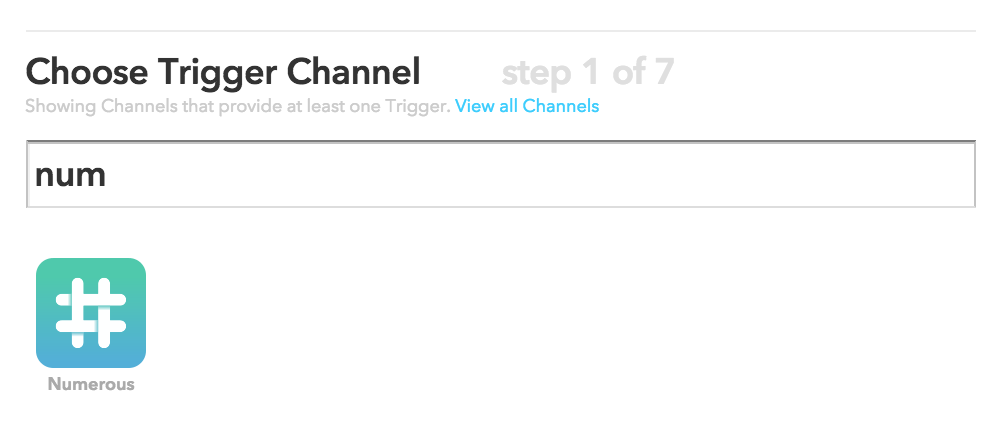
- Step 2: Select the trigger that fires every time a number changes by any amount
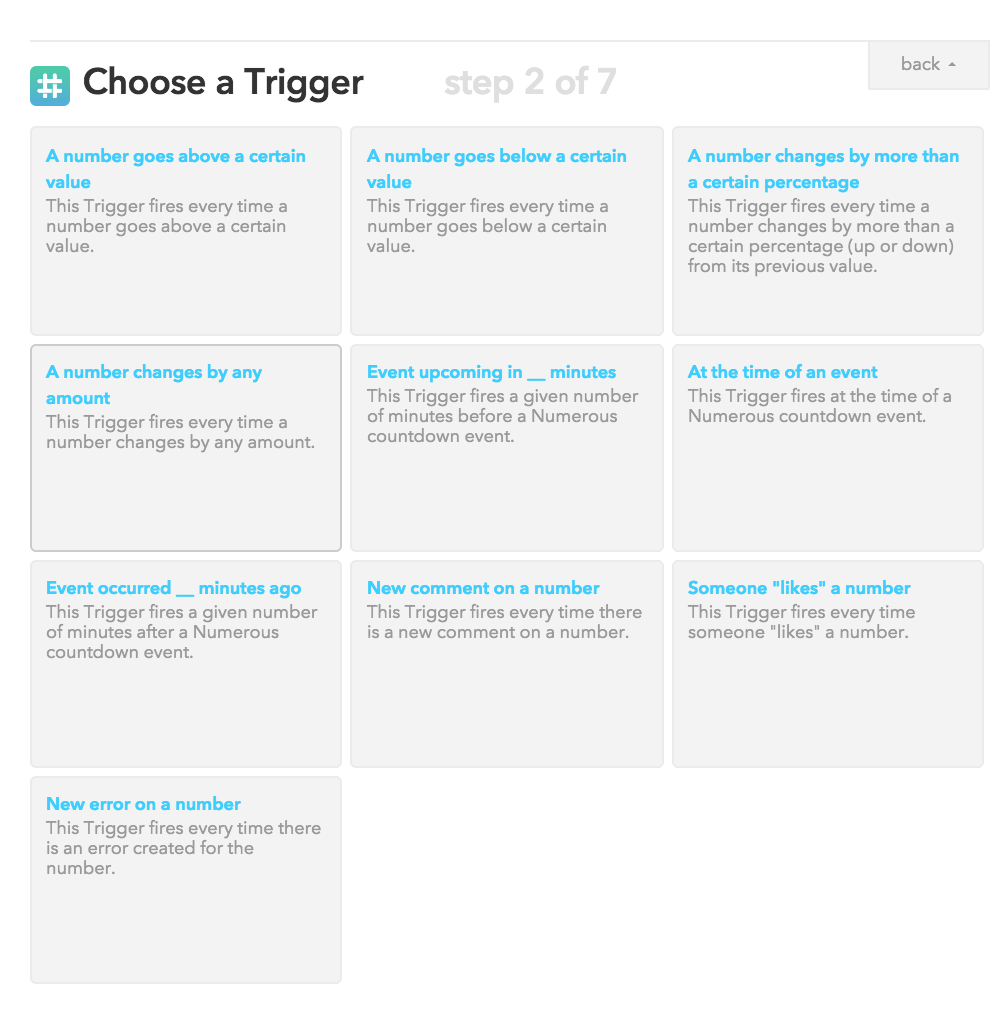
- Step 3: Select the number that you want to track, elevation in my case
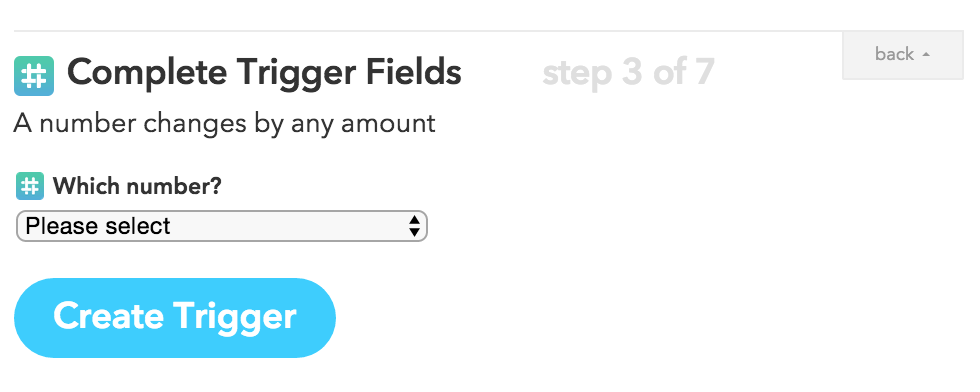
- Step 4: Select Wolfram Data Drop as Your Action Channel

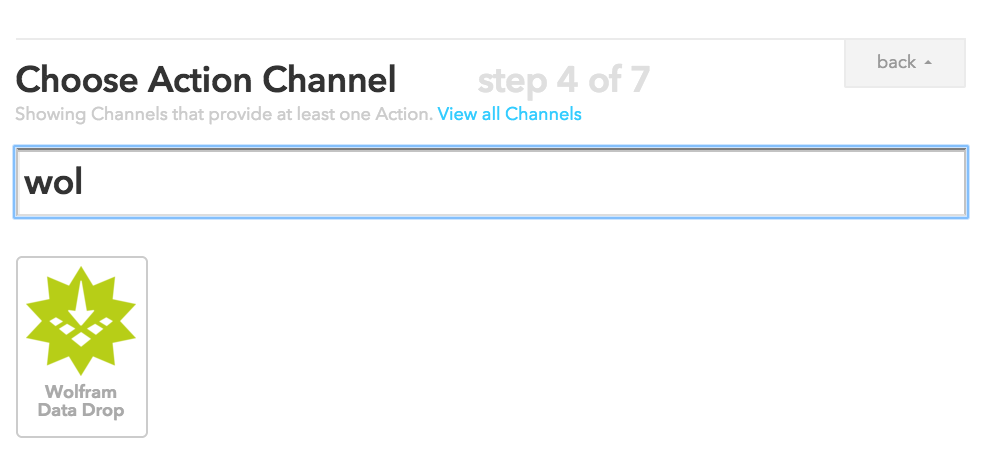
- Step 5: Select "Add entry" Action
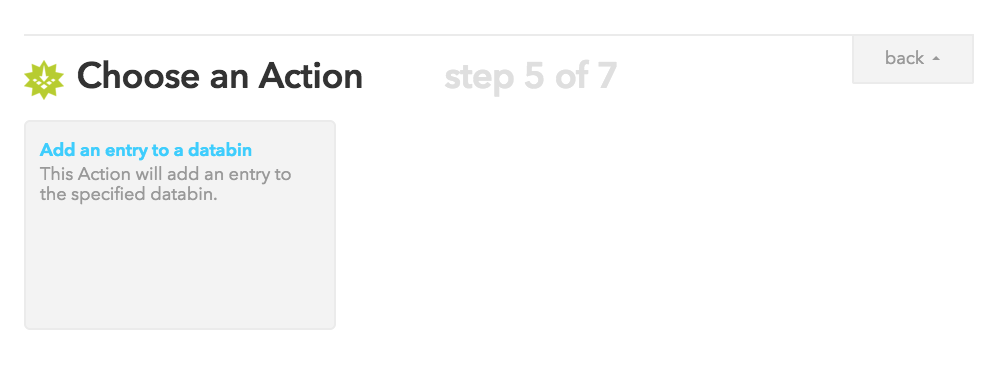
- Step 6: Complete Action Fields
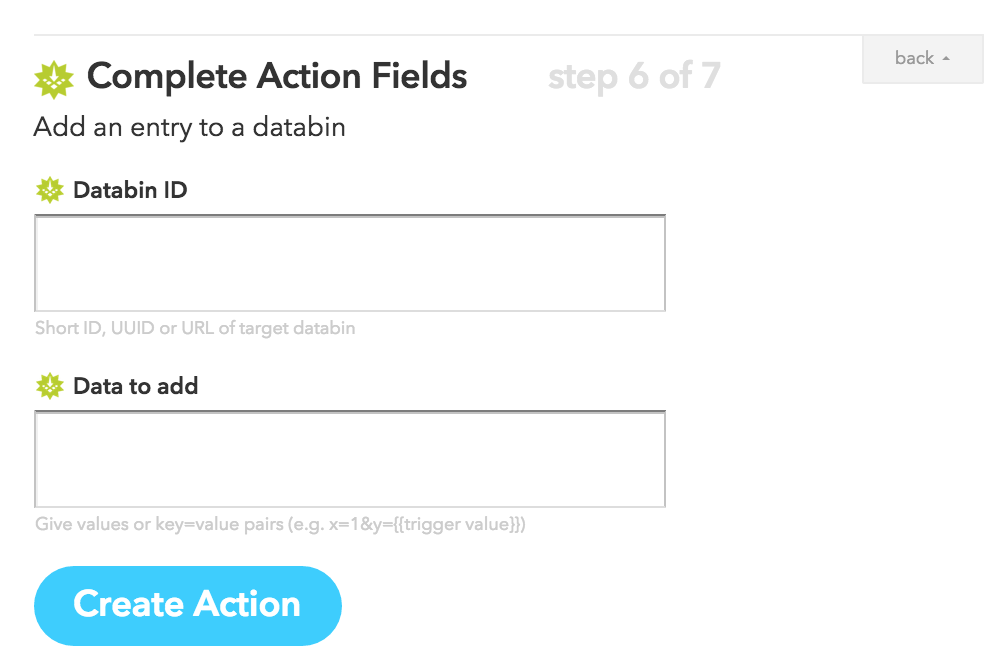
Use the Wolfram Language function CreateDatabin to provide a name, and to specify that we want the values of the entries to be interpreted as a physical quantities (feet in this case).
bin = CreateDatabin[<|"Name" -> "My Elevation"|>,
"Interpretation" -> {"elevation" ->Restricted["StructuredQuantity","Feet"]}];
bin["ShortID"]
"6F9_LE8T"
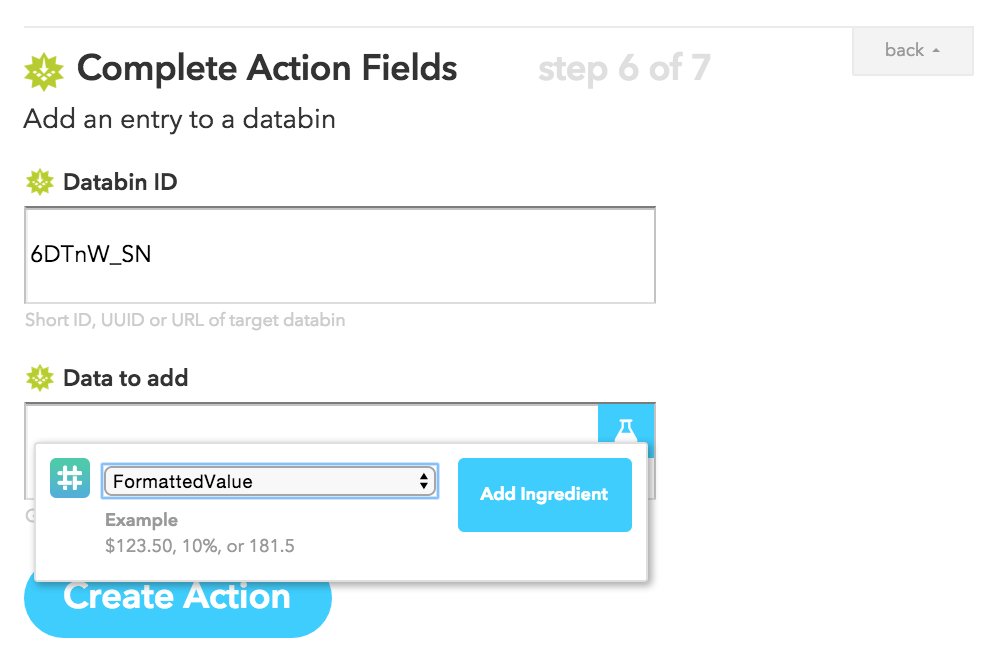
elevation={{FormattedValue}}
- Step 7: Create and Connect
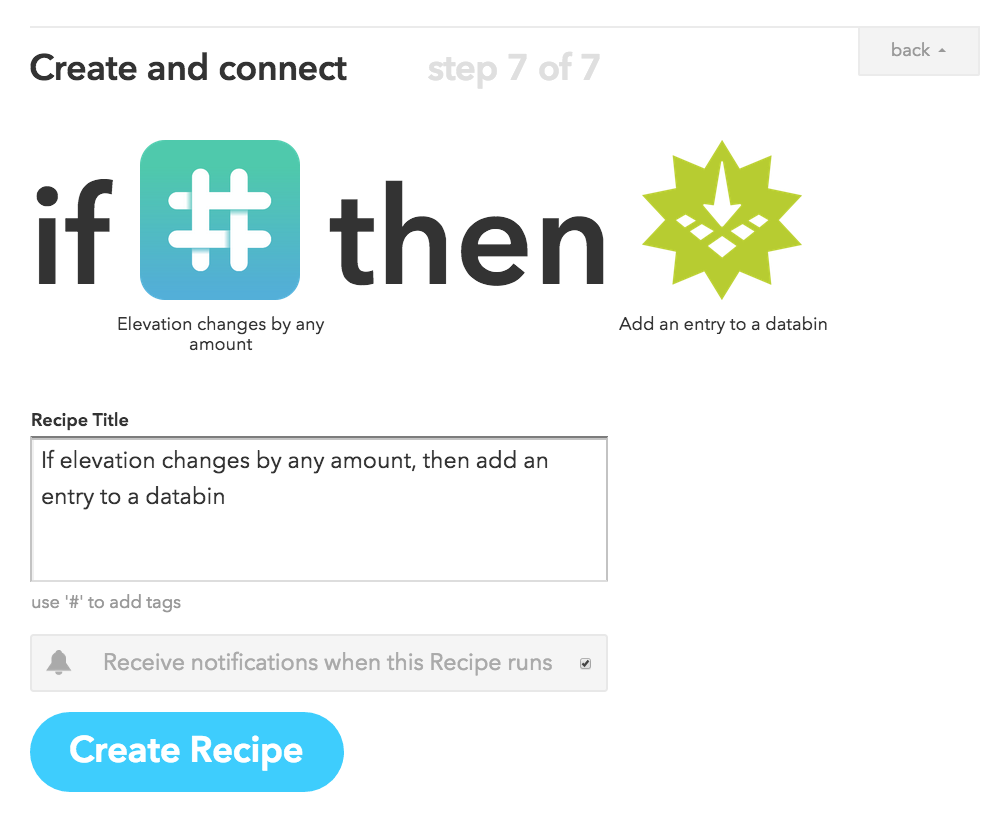
Voilà!

Now you can take an insight of the elevation measurements with Wolfram|Alpha by entering Data drop along with your databin's ID. Data drop 6F9_LE8T in my case.
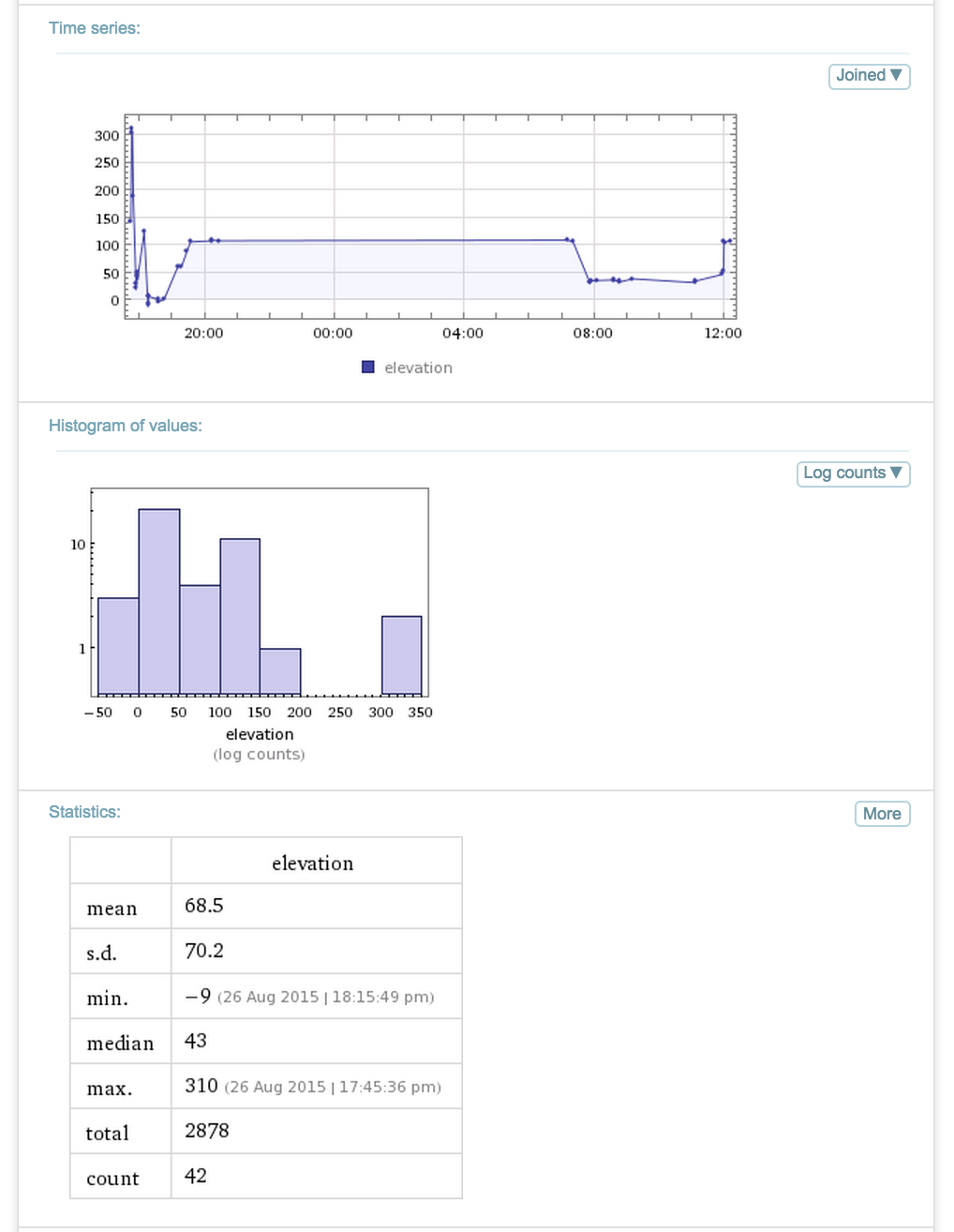
Or you can access this data directly from the Wolfram Language:
DateListPlot[Databin["6F9_LE8T"], Filling -> Bottom, FillingStyle -> LightBrown]

Please, feel free to share your own recipes below. Enjoy!